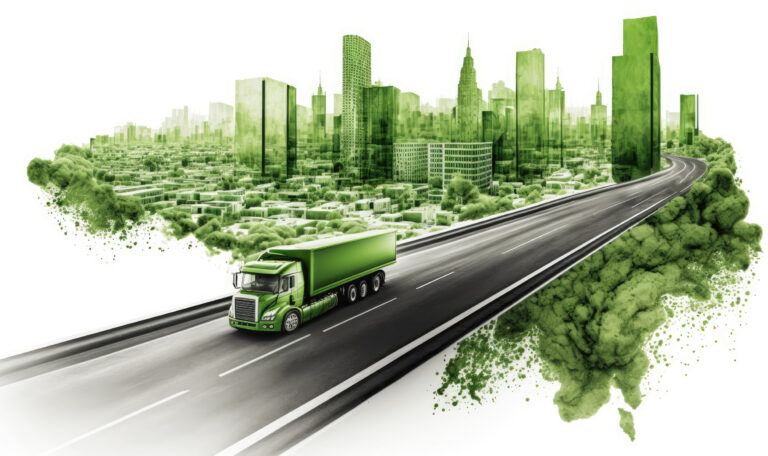Green Logistics solutions for a sustainable supply chain

Green Logistics goes beyond merely reducing carbon emissions during the transportation of goods. It encompasses optimizing resource use, conserving energy, and implementing new technologies to minimize negative environmental impacts. Furthermore, it has become an essential trend for Logistics companies committed to environmental protection and sustainable development.
The difference between green Logistics and traditional Logistics
In a globalized economy with increasing awareness of environmental protection, Green Logistics is emerging as a superior trend compared to traditional Logistics methods. It significantly reduces negative environmental impacts and promotes sustainable and efficient economic development.
- Environmental Protection Approach
- Green Logistics: prioritizes environmental protection by using eco-friendly transportation methods, optimizing routes to save fuel, and adopting advanced technologies to reduce emissions.
- Traditional Logistics: focuses mainly on cost efficiency and operational effectiveness, with less consideration for environmental factors, often resulting in high emissions and inefficient resource use.
- Cost and Efficiency
- Green Logistics: requires initial investments in new technologies and processes to reduce environmental impact, which may be high. However, in the long run, it helps businesses save costs by optimizing operations, conserving fuel, and minimizing waste in warehouse management.
- Traditional Logistics: may save costs in the short term but often incurs higher long-term expenses due to resource waste, costly fuel, and penalties for non-compliance with environmental regulations.
- Building Brand Image
- Green Logistics: creates a positive brand image that is environmentally friendly, attracting customers and partners who value sustainability, thus enhancing competitiveness.
- Traditional Logistics: lacks a focus on sustainability, which can result in a less appealing brand image among environmentally conscious customers, limiting competitiveness.
- Compliance with Regulations and Market Trends
- Green Logistics: easily meets stringent environmental regulations, enabling businesses to expand into international markets without facing legal barriers.
- Traditional Logistics: faces difficulties in complying with new environmental regulations, leading to potential penalties and restrictions when entering demanding international markets.
VELA’s commitment to green transformation
- Environmentally friendly transportation
At VELA, we optimize transportation routes to minimize distance and travel time, thereby saving fuel and reducing emissions. Additionally, we use modern transportation methods and biofuels as a crucial part of our Green Logistics strategy. - Smart warehouse management
We apply advanced technologies in warehouse management to optimize storage space, minimize waste, and save energy. With automated temperature control systems and recycling packaging processes, we reduce waste and energy consumption. - Sustainable customs procedures and international transportation
We ensure compliance with international environmental standards, promote the use of electronic documentation to reduce paper usage, and streamline customs clearance processes to save time and fuel consumption. - Digital technology integration
By using digital platforms to integrate end-to-end supply chains, we help businesses easily track, manage, and optimize all activities from warehousing to transportation and delivery. Real-time data integration also enhances operational efficiency and minimizes environmental impacts.
Green transformation is not just a choice but a long-term development strategy for all businesses in the Logistics sector. VELA is committed to leading the way in applying the most advanced methods and technologies to reduce environmental impacts while optimizing costs and business efficiency. This approach allows businesses to harness the full potential of new technologies and improve their operations, aiming for a green and sustainable model in the future.

